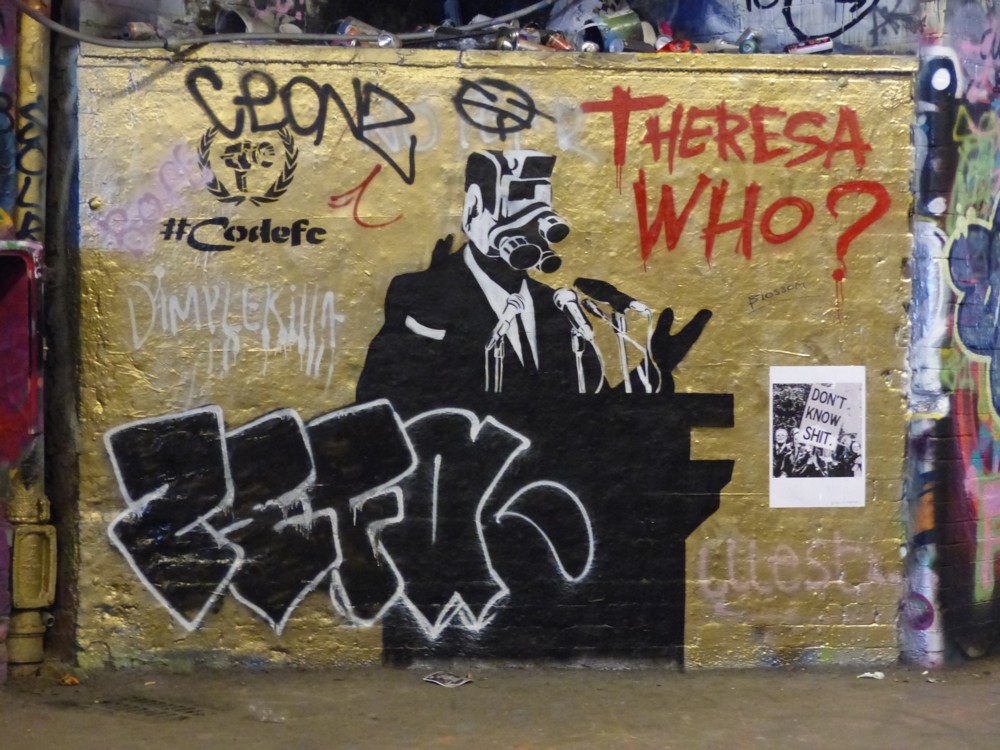I have started reading Music & Monarchy, by David Starkey and Katie Greening. What the division of labour is between these two (Starkey is in larger letters thatn Greening on the front cover) I do not know, but it certainly starts very promisingly. I have already encountered two passages worthy of prolonged recycling here, the one that starts the book (see below), and the bit that follows, about England’s profound medieval musicality.
So, to begin where Starkey and Greening begin, here is how the introduction of this book launches itself (pages 1-2):
Music or Words? Poetry and Drama? Or Anthems, Opera and Oratorio? Which, to personalise and particularise, is the more important in British history and to the British monarchy: the anniversary of Shakespeare or the centenary of Handel? The question almost seems absurd. Nowadays there is no doubt that Shakespeare wins every time. Shakespeare’s cycle of history plays, famously described by another maker of history, John Churchill, 1st Duke of Marlborough, as ‘the only history I ever read’, still shapes the popular understanding of English history and its murderous dynastic rivalries; while in their nobler moments the plays (re-)invent the idea of England herself before going on to adumbrate a larger, mistier vision of Britain:
This royal throne of kings, this scepter’d isle,
This earth of majesty, this sea of Mars,
This other Eden, demi-Paradise …
This happy breed of men, this little world,
This precious stone set in the silver sea …
This blessed plot, this earth, this realm, this England,
This nurse, this teeming womb of royal kings …
This land of such dear souls, this dear, dear land.
Who could resist that? George III (1760-1820) for one, who confided to Fanny Burney: ‘Was there ever such stuff as a great part of Shakespeare? Only one must not say so!’ The eighteenth century more or less agreed with its longest reigning king. The bicentenary of Shakespeare, celebrated five years late in 1769, was a provincial pageant, which, despite the best efforts of the actor-manager David Garrick, made little impact outside the Bard’s birthplace of Stratford-upon-Avon and, thanks to torrential rain, was literally a washout even there. On the other hand, the centenary of Handel’s birth (celebrated a year early by mistake in 1784) was a grand national event the like of which had never been seen before: not for the greatest general, politician or king, let alone for a mere musician. Fashionable London fought (and queued) for tickets; Westminster Abbey was crammed and ladies were instructed not to wear excessive hoops in their dresses while hats were absolutely forbidden. Even then, demand was unsatisfied and two of the events had to be rerun.



 More Dezeen catching up. And this time the news is that Paris is about to get its first truly
More Dezeen catching up. And this time the news is that Paris is about to get its first truly